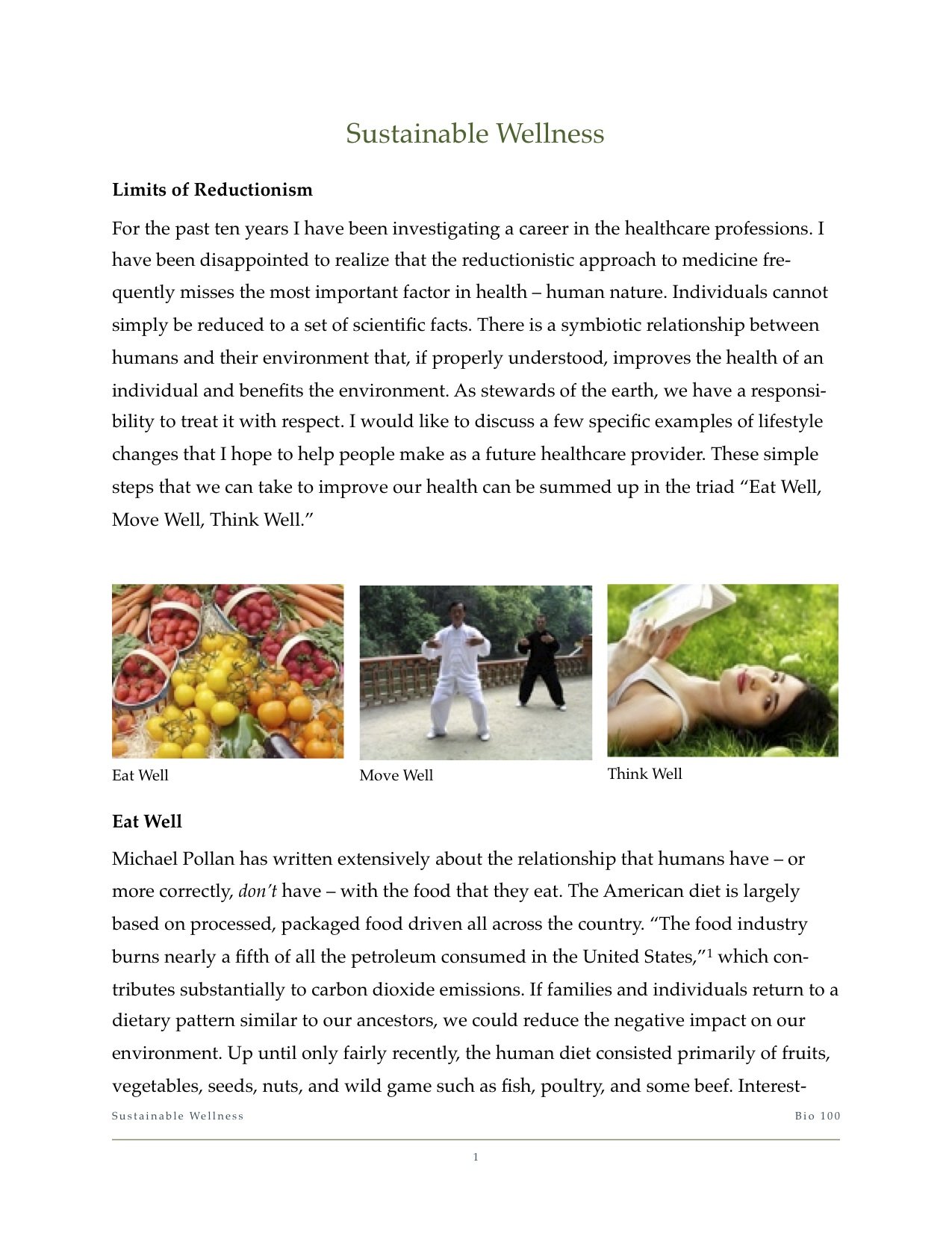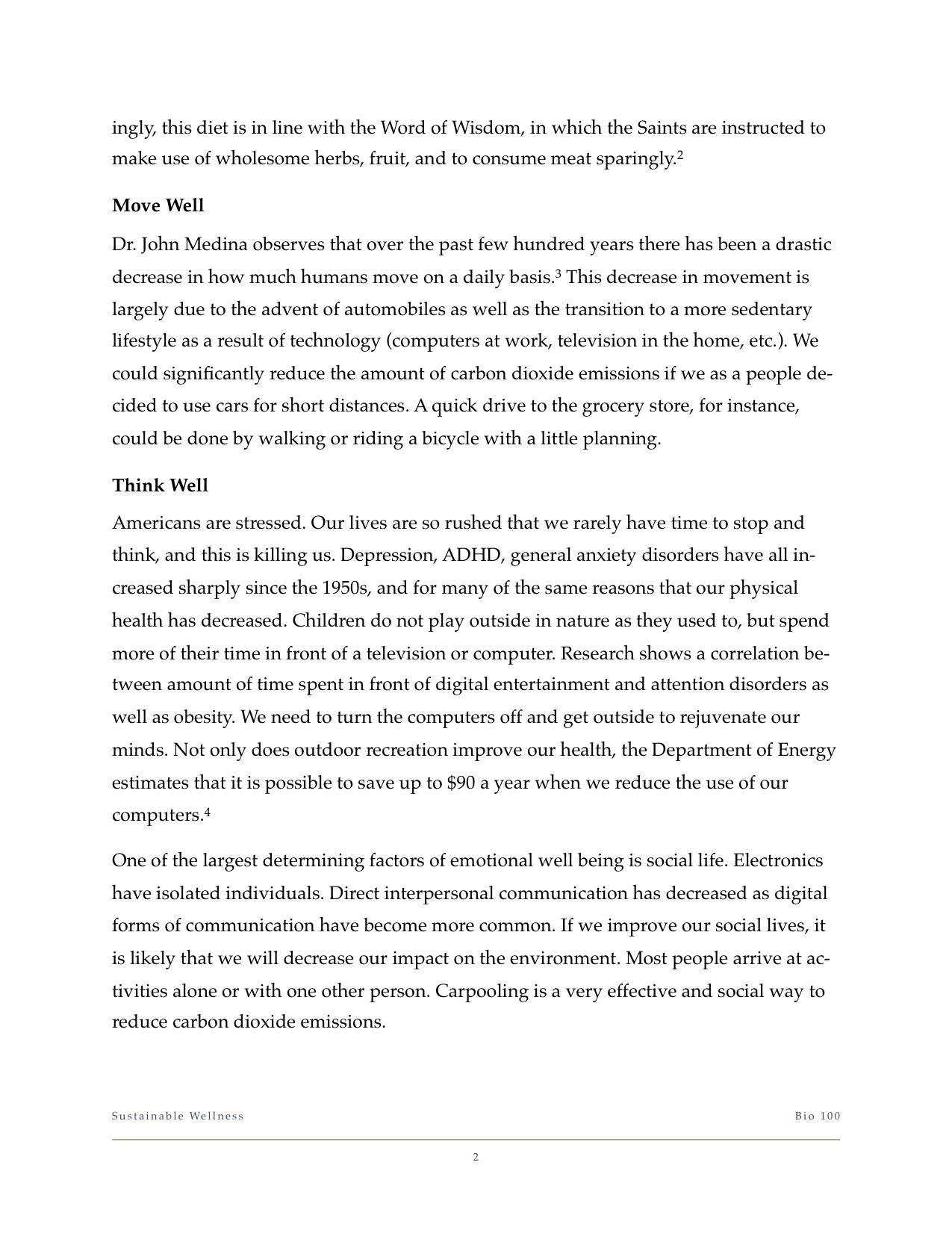We're working on getting the first few episodes in the feed. In the meantime, visit us at BrainSlides.com, follow us @brainslides on Twitter, or, even better, subscribe on iTunes to download the episode automatically!
Happy presenting!Amazing Lecture – Richard Dawkins
The first installment in my Amazing Lecture Series comes from a well-known and controversial individual. From the YouTube description:
Oxford professor Richard Dawkins presents a series of lectures on life, the universe, and our place in it. With brilliance and clarity, Dawkins unravels an educational gem that will mesmerize young and old alike. Illuminating demonstrations, wildlife, virtual reality, and special guests (including Douglas Adams) all combine to make this collection a timeless classic. The Royal Institution Christmas Lectures for Children were founded by Michael Faraday in 1825, with himself as the inaugural lecturer. The 1991 lecturer was Richard Dawkins whose five one-hour lectures, originally televised by the BBC, are now available free online, courtesy of The Richard Dawkins Foundation for Reason and Science.
Wherever you stand on the issue of Evolution vs. Intelligent Design, and no matter your religious beliefs (Dawkins is a militant atheist), it is difficult to deny that Richard Dawkins has prepared and delivered an amazing lecture. Dawkins elaborates upon the theory of evolution in five installments, each building upon the content of the previous lectures. While he doesn't have the most exciting personality, or energetic voice, he does use a wide variety of teaching tools to compensate. Yes, he uses slides, but very few. He also uses toy dinosaurs, live snakes & bugs, microscopes, guest speakers, paintings, videos, fossils, lasers, smoke, and more! Students are frequently asked to participate, not just by answering questions, but by coming to the front of the class and performing a task that illustrates or demonstrates an important point, such as working a scanning electron microscope.
Of course, Dr. Dawkins isn't quite perfect. The authenticity of his lecture would benefit if he relied less on his notes and spoke more naturally and spontaneously. Yet, it is obvious that the amount of preparation that went into 5 hours of classroom lecture far exceeded the average for college professors. Teachers would improve their lectures by implementing only a fraction of the teaching tools employed in this series.
You can watch the full series here: Growing up in the Universe
Washington Post: U.S. teaching practices oppose
Another argument for NO HANDOUTS
I'm running the tech for an educators' meeting this morning (I wasn't involved in the preparation of this presentation).
As is customary, the presenter provided their PowerPoint slides as handouts to the attendees. These were printed the day before, but the presenter mentioned to me that she had made some quick changes last night. A few minutes in, she advanced to a slide that wasn't in the handout.
I underestimated the repercussions – nearly every attendee began flipping through the handout searching for the elusive missing slide! Their attention was completely diverted from the presenter – who either didn't notice or didn't think to explain that the slide was missing from their handouts.
To add to the disruption, I was controlling a pre-loaded version of the presentation for a webcast. I also received the slides before the edits, and was not sure whether I skipped a slide, missed a slide, or what!
This is just another example of the drawbacks to providing handouts to the audience before the presentation. It is better to prepare a proper document to accompany the presentation (not just a copy of the slides) and provide it after the presentation.
Bill Gates - The Little Nerd that Could
As a self-admitted, die hard, Apple fan-boy, it feels a bit strange for me to recommend a talk by the chairman of one of Apple's biggest rivals. But I respect improvement, and from what I've seen of Bill Gates, he is my top pick for Most Improved in the area of presentation skills. Not only does he now have great slides, but his delivery was much improved. It appears as thought Bill has taken the time to prepare the content of his talks, put forth the effort to design them well (or, more likely, the money to hire someone to design them), and accepted help from a speaking coach.
Read MoreThe Good and Bad of the Prezi Contest Winner
Today, Prezi announced the winner of its iPad Contest. I am excited by the results, but also slightly concerned. The contest asked participants to create a Prezi presentation that would answer the question "iPad + Prezi = ?" in an effort to explore the possibilities of using the new Prezi for iPad app. New technology is always exciting and – like many teachers and students – my first thoughts go towards how it can be used in the classroom. I viewed all 7 finalists for the competition and nearly all of them mentioned using Prezi + iPad in some educational setting.
I especially liked Derek Jones' presentation which explored using Prezi for iPad in various combinations, such as using one iPad to browse various presentations, or using multiple iPads to interact with the teacher's presentation. Check out this concept from his presentation: While a teacher is lecturing, a question can be shown on the projector screen while the possible answers are shown on the students' iPad screens. Each student can then respond on their iPad. How awesome is that?!
Concept: Use Prezi + iPad as a quiz & feedback tool in the classroom
While this functionality is not yet possible with Prezi, it is this conceptual thinking that drives technology forward and makes it worthwhile to explore it's use in the classroom.
The winner, by popular vote, of the Prezi + iPad contest was Will Gibbs, a History teacher in Philadelphia. Will's presentation also encourages the exploration of using new technologies in the classroom and emphasizes the importance of teachers and private companies in moving forward and revolutionizing the tools available for education. In particular, he mentions the use of tests that haven't changed in 30 years! While I agree with Will that "there is far too much stagnancy in our educational institutions right now," his presentation also suggests a viewpoint that I have heard more and more from teachers, that greatly concerns me. Evidently, some people think that using old technology is ridiculous.
I completely disagree that all old technology must die!
There seems to be a fear from some teachers that if they are not using the most current and up to date tools in their classroom that they themselves may become defunct, lose touch with their students, and fail as a teacher. This is not true!
Yes, teachers need to be flexible and willing to try new things as they are available to them, and new technology is one of the greatest ways to get student attention and encourage students to actively participate. But this doesn't mean that it is ridiculous to use tools such as overheads, chalkboards, and dioramas in the classroom today. Sure, updated versions such as document cameras and whiteboards might be better, and allowing students to create stop-motion film or podcasts are a great alternative. But sometimes paper and pencil are just more effective than handing out 20 iPads for the students to sketch on.
We need to use technology that is proven to be effective, not just technology that is new!
WHAT DO YOU THINK?
Amazing Lecture Series
However, I do have a set of priorities outlined for this blog, one of which is to introduce you to a series of amazing lectures or lecturers that I have come across in my personal experience or that I have found on the web. I hope to show educators that there are alternatives to the monotony of reading PowerPoint slides and that it can be done in the classroom. I will focus on sharing examples of other teachers who have found ways to use slideware or other technology to enhance their teaching and improve their students' learning.
[caption id="attachment_103" align="aligncenter" width="430" caption="BYU Professor Lectures on Finance ©2010 BYU Photo"] [/caption]
[/caption]
So stay tuned by subscribing to the RSS feed, or visit frequently.
A Solution to Slideuments
Recently, there has been some discussion among various presentation blogs on the practice of distributing handouts to accompany presentation slides. (Visit Speaking About Presenting or Phil Presents to get caught up and learn some great tips.) This topic goes hand in hand with my own previous posts on slideuments and docuslides, since most presenters create their slides to also serve as a handout (resulting in slideuments), while a few presenters present their documents (resulting in docuslides). The problem with both slideuments and docuslides is a misunderstanding of how information should be presented. As I have explained before, lectures and presentations primarily utilize oral information with visual supplements. Documents – papers, essays, books, etc. – are primarily textual information. Documents are meant to be information dense, while slides are not.
Let me restate this more transparently:
- If you are presenting a lot of information, non-verbally, create a document.
- If you are presenting orally and want visual aids, create slides.
It really is that simple! If you are e-mailing, mailing, distributing handouts, or otherwise delivering information which will stand on it's own, it does not make sense to use PowerPoint or other slideware to create the document!
One solution to slideuments is to create both a document and accompanying slides – and it doesn't take as much work as you might think.
Some time ago I was required to write a final paper and give a presentation on the same topic for my biology class. I chose to research sustainable practices for healthy living. First, I wrote my paper using Apple's Pages (a word processor similar to Microsoft Word). Once that was complete, I then began to select the important points that I would cover in my presentation. I created a slidedeck using the same titles, images, and order of topics.
Click here to download the full paper: Biology 100 Final Paper
You can download the slides by visiting Slideshare.net.
There are two important things to remember:
1. Create the document first.
You should never begin preparing for a presentation by creating your slides first. The act of creating slides tends to lead to tinkering with the technology. In fact, don't even design the document yet, just write out what you're going to present on in a free flowing fashion. (Garr Reynolds of PresentationZen fame, and Nancy Duarte both refer to this as going 'analog'.) Worry about the accompanying images and layout later.
2. Use the same design elements.
Basic design principles state that two things that are supposed to go together look alike. Use the same font, color scheme, and – of course – images! People remember images up to 6x more than what they hear, so using the same images in both your document and presentation will lead to them remembering what you said.
Slideuments are an unnecessary, and unfortunate, habit among office personnel, presenters, and teachers. I have been subject to both extremes in my education. On the one hand, I've taken courses in which textbooks are all but replaced with printed PowerPoint slides... with random words blanked out as if it were a Where's Waldo game! On the other hand, I've sat in class, day after day, as the professor read off of web pages that contained the material for the course. I can understand how these practices might appeal to the professors – they're very convenient and require relatively little preparation for lecturers who are often more concerned with putting the final touches on their grant proposal or spending time in the research lab. But using docuslides or slideuments take valuable opportunities away from the student.
In the end, slideuments do not match Dr. Diamond's test of "using things that have been shown for learning, rather than just keeping up with the technology."







